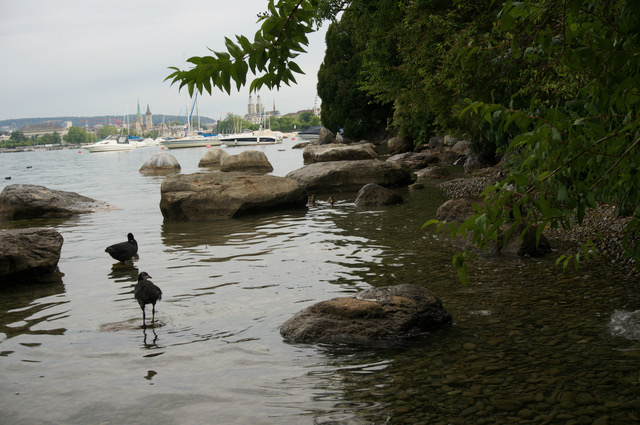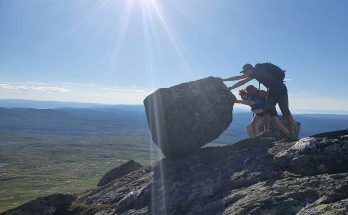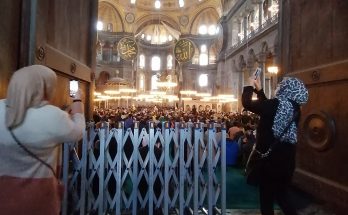Cette publication est également disponible en :
![]() Français
Français

Thesis defended by Nadja Imhof, December 4, 2023 – Institute of geography and durability (IGD).
This research project examines how humans enact their relationship with rats in the urban environment of Zurich. It investigates the interconnected relationship between humans and other-than-human beings, specifically focusing on Norway rats (rattus norvegicus). As generalists, rats quickly adapt to various environments, provided their fundamental needs of water, food, and shelter are met, all of which are readily available in urban environments. Their shared history with humankind and their ubiquity as urban animals has given rats a reputation as pesky pests and a branded them as generally unwelcomed co-inhabitants of what are considered human spaces in the city.
Taking its cue from the question “How can we rethink the rat-human relationship in a multispecies city?” this thesis argues for a reconsideration of the rat-human relationship in terms of a more-than-human co-becoming. Turning attention to other-than-human beings, this thesis proposes alternative ways of living with urban animals, especially those considered pests, and subsequently widens the understanding of how humans and rats are affected by each other. By challenging notions of anthropocentrism and dualist perspectives in the way rats are placed, killed and managed in their relationship to humans, this thesis explores harmonious multispecies co-existences in the urban environment. In doing so, this thesis advances understanding of the co-constituted relations between humans and other-than-human beings by developing a theoretical and conceptual framework that allows for a generous and non-discriminatory study of rats and other urban animals.
I use a combination of theoretical approaches from the fields of urban political ecology (UPE) and animal geography to address the challenges of studying rats in urban environments within a more-than-human research agenda. The first challenge lies in confronting dualist ideas and binary thinking concerning the dichotomies of city wilderness, nature-society, and culture-environment that have shaped attitudes towards urban animals considered ‘out of place’ or not belonging. More-than-human and relational approaches encourage a shift from an anthropocentric perspective to a more inclusive view such that urban animals can be acknowledged and studied regardless of their utility to humans. The field of UPE has been instrumental in critiquing these dichotomies and providing ways to conceptualise nature in order to navigate the complexity of urban environments. With UPE’s influence, this thesis also addresses a second challenge: understanding how the spaces inhabited by rats are produced through urban processes and human behaviour, underscoring the interconnectedness of human and other-than-human entities. The third challenge is addressing the role of other-than-human agency and subjectivity through an expansion of UPE’s conceptual framework. This is achieved by drawing upon literature from animal geographies, and transitioning from anthropocentric to more-than-human perspectives.
By confronting these three challenges, the thesis progresses towards a more-than-human conceptual framework founded on a multispecies approach. Consequently, this approach allows for the study of urban rats in their multiple roles, emphasizing their co-constitutive nature in shaping the urban environment and human-rat relations. Noting the many pitfalls of anthropocentric approaches, this thesis proposes an alternative and innovative methodology to study multispecies entanglements. As such, it contributes to more-than-human research approaches by highlighting the methodological consequences of the epistemological challenges of conducting animal research. As animals complicate human epistemologies, one critical methodological question surrounding more-than-human research is: how can the voices of those who cannot speak for themselves be conceptualised? The field of animal geography provides a valuable approach in this respect, recognizing animals as active agents who exert influence as well as being influenced.
By following a mixed-methods approach grounded in a multispecies ethnography, the empirical data for this thesis was collected over the course of two years in the city of Zurich. The main methods used were participant observation, formal and informal interviews with urban pest advisors, pest control managers, laboratory workers, university staff, animal welfare activists, and inhabitants of the city of Zurich, among others, complemented by field notes and photography. The selected methods aim to acknowledge and respect the unheard voices and traces of other-than-human beings and make space for their stories to emerge. Through this data I analyse the ‘becoming with’ (Haraway, 2008) of rats, humans, and other-than-human beings and explore the ramifications thereof in regards to the ethical considerations of a multispecies-coexistence.
Overall, by examining the making, killing and ‘becoming with’ rats in Zurich, this thesis advances understanding of the rat-human relationship and, in particular, how this relationship has been shaped through socio-cultural and spatial interactions. By critically questioning and challenging the fixed boundaries and categories of how rats are perceived and where they should be, this thesis works toward a more just multispecies co-existence between rats, humans, and other-than-human species.


